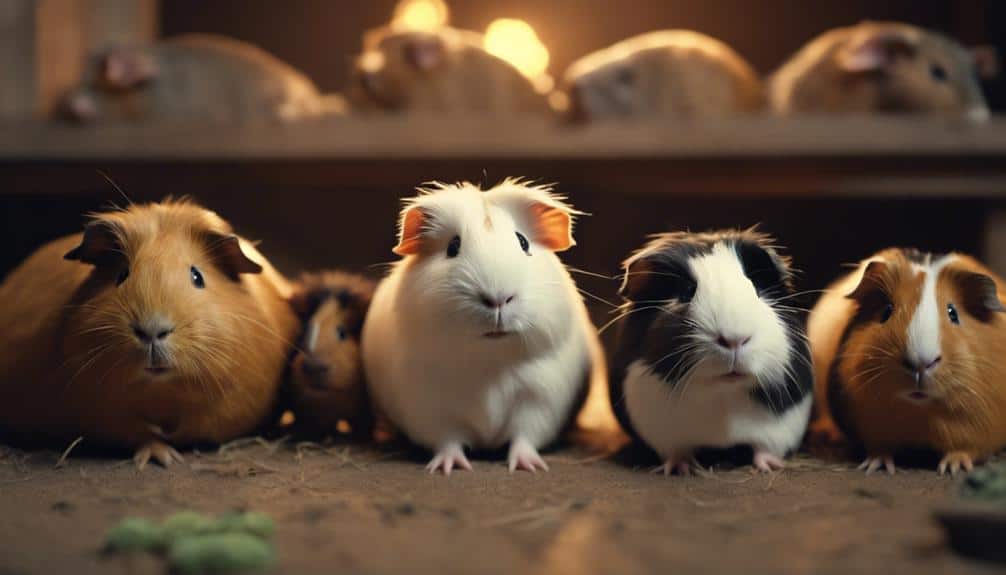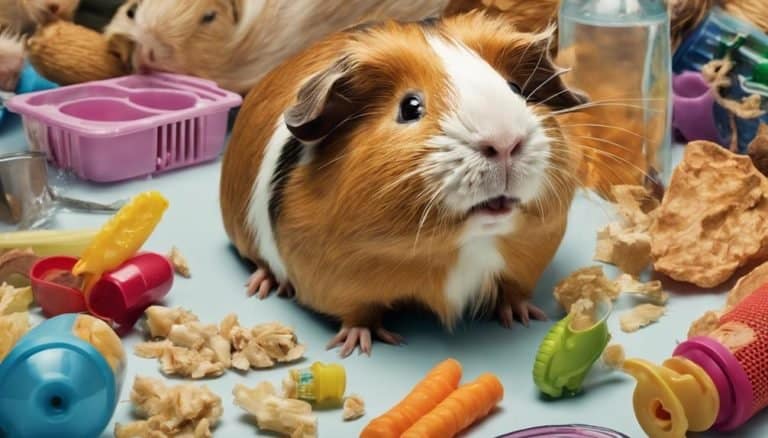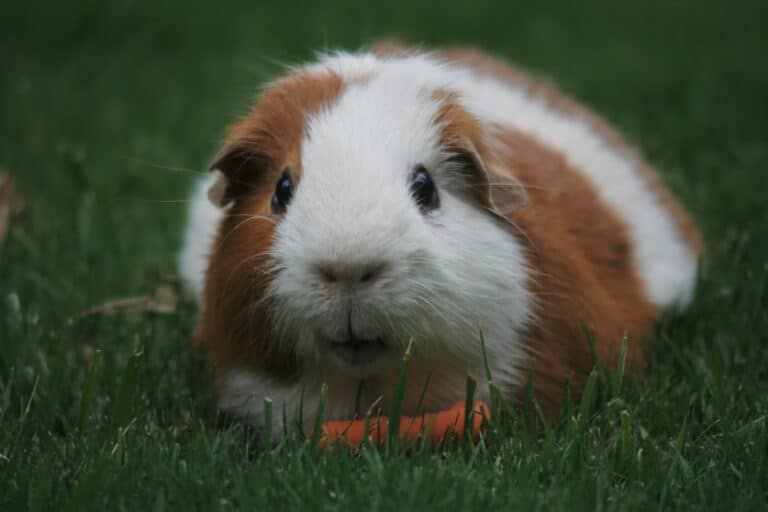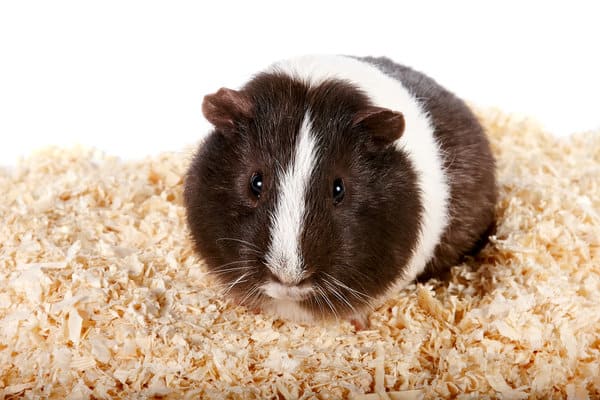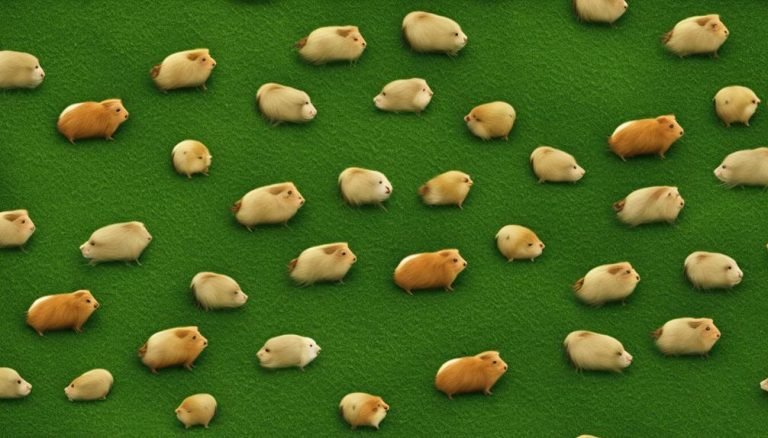How Many Babies Can a Guinea Pig Have: A Breeding Guide
When it comes about guinea pig breeding, it’s like peeling back the layers of an onion – each layer revealing a new aspect to think about.
Have you ever wondered just how many babies these adorable creatures can have in one litter? The answer may surprise you.
Stay tuned to uncover the secrets behind the potential number of guinea pig pups and the essential factors that influence their litter size.
Average Litter Size of Guinea Pigs
When breeding guinea pigs, it’s essential to understand that the average litter size typically ranges from 3 to 5 babies. However, factors such as the sow’s health, genetics, and age can influence the litter size. Providing proper nutrition and care during the pregnancy is important to guarantee healthy litter sizes.
It’s advisable to monitor the sow closely throughout the pregnancy to detect any potential issues that may affect the litter size. While some guinea pigs may have smaller litters of 1-2 babies, others can have larger litters of up to 8 babies. By understanding these factors and taking proactive steps to support the sow’s health and well-being during pregnancy, breeders can increase the likelihood of larger, healthier litters.
Proper monitoring and care play a significant role in ensuring successful pregnancies and best litter sizes for guinea pigs.
Gestation Period of Guinea Pigs
Understanding the gestation period of guinea pigs is crucial for breeders as it ranges from 59 to 72 days, during which sows typically give birth to 3 piglets but can occasionally have up to 17 piglets. The gestation period for guinea pigs is approximately two months, lasting about 9 weeks from mating to delivery. After a successful mating with a boar, sows will carry the developing babies until they are ready to be born within a 59-72 day window. To help visualize this information, refer to the table below:
| Aspect | Information |
|---|---|
| Gestation Period | 59 to 72 days |
| Typical Litter Size | 3 piglets, occasionally up to 17 piglets |
| Duration of Pregnancy | Approximately 9 weeks |
| Mating | Necessary for successful pregnancies |
| Delivery | Within a 59-72 day window after successful mating with a boar |
Understanding these key points about the gestation period of guinea pigs can aid breeders in ensuring successful pregnancies and deliveries.
Factors Influencing Litter Size
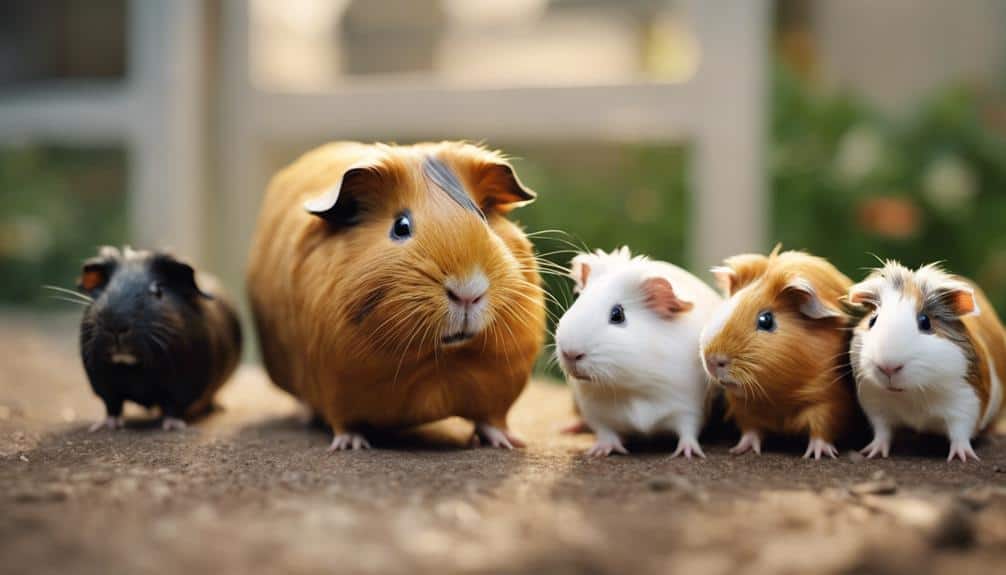
Factors that influence the size of litters in guinea pigs include the age of the sow, genetics, nutrition, and overall health.
Younger sows, especially first-time breeders, tend to have smaller litters compared to older, more experienced females. Proper nutrition is essential during pregnancy as it can positively impact the litter size. Ensuring the sow receives a balanced diet rich in essential nutrients is important for the development of healthy pups.
Genetics also play a significant role in determining the potential litter size of guinea pigs. Certain breeding lines may have a predisposition to larger or smaller litters.
Additionally, the overall health of the sow is important. Health conditions such as obesity or underlying illnesses can affect the sow’s ability to carry a larger litter to full term. Monitoring the sow’s health and providing appropriate care can help maximize the chances of a successful and healthy litter.
Tips for Caring for Guinea Pig Pups
After considering the factors influencing litter size in guinea pigs, it’s important to focus on providing excellent care for the newborn pups, guaranteeing their well-being and development. Female guinea pigs are usually attentive mothers, but it’s essential to monitor their behavior to confirm they’re nursing all the babies and giving proper care.
These tiny babies need warmth to thrive, so make sure they’re in a safe and warm environment to prevent chilling. While guinea pig pups start nibbling on solid food shortly after birth, they still rely heavily on their mother’s milk for essential growth and nutrition.
Regularly weigh the pups to track their growth progress and guarantee they’re flourishing under their mother’s care. By monitoring the nursing, warmth, solid food intake, and growth of the pups, you can help ensure they develop well and reach healthy weights.
Breeding Frequency and Considerations
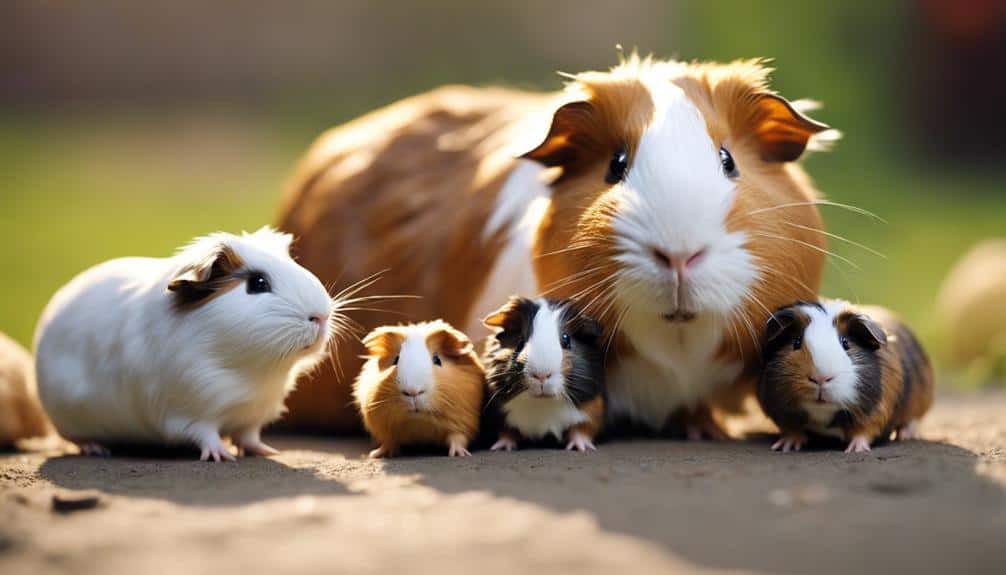
When considering breeding guinea pigs, it is important to understand the ideal frequency and related considerations for ensuring the health and welfare of the animals. Guinea pigs can have multiple litters per year, typically with 3-5 babies per litter. Sows are capable of becoming pregnant shortly after giving birth, leading to frequent breeding cycles. Monitoring the sow’s health is critical to prevent overbreeding and guarantee successful pregnancies. Responsible breeding practices are essential to prevent health issues for the sow and her offspring. Understanding the breeding frequency and limitations of guinea pigs can help prevent breeding-related complications and promote the welfare of the animals.
| Breeding Frequency | Breeding Considerations |
|---|---|
| Multiple litters per year | Monitor sow’s health |
| Frequent breeding cycles | Prevent overbreeding |
| Responsible breeding practices | Understand limitations |
Conclusion
In the world of guinea pig breeding, understanding the intricacies of litter sizes, gestation periods, and care for newborns is essential. Just like tending to a delicate garden, responsible breeding requires patience, knowledge, and dedication.
By following the guidance provided in this breeding guide, we can guarantee the well-being and health of both parent guinea pigs and their adorable offspring. Remember, breeding guinea pigs is a rewarding journey that requires careful nurturing every step of the way.

